![]()
During our stay in Emeishan in the heart of Sichuan, we took a day to go to the city of Leshan, 40km further east. If we decided to spend a day there, it’s for a very good reason: there stands a stunning giant buddha 71m high looming over the crossover of two enormous rivers. Dating from 803 A.D. , this ancient art piece is so exceptional that it has been classified UNESCO World Heritage in 1996. Naturally, the Chinese tourism industry didn’t stay far long and today a never ending queue of visitors is waiting for a chance to see the Big Buddha! So, is it worth a visit? Let’s check it out!
The best advice we can give you is to NOT go there during weekends or public holidays. We visited it mid-April in the middle of the week and the crowd was already quite large… We first arrived in a broad square at the end of which you can see the giant curly head of the Buddha kind of popping off the ground. A small crowd had already started to queue at the top of the winding stairs that go down the cliff along the massive body. On the right of the square, three temples are hosting a large number of impressive wooden statues. To be fair, not only the statues but the whole architecture is a real wonder of wood carving!
The Giant Buddha of Leshan
Soon we had to join the crowd of Chinese tourists making their vertical way down to Buddha’s feet. The descent took us only half an hour (against two hours during rush times). If one manage to forget about the noise, the hustle and the sqweeze of the crowd around, the majesty of the giant holy Buddha is more than impressive. Finally, the stairs dropped us at the feet of Mr. B. Literally, as we were now facing his giant toes which are probably more than 2,5m high… We were feeling a little bit… Small! Probably like an ant passing near our shoes…
On the small platform between the oversized toes and the river, you’ve got the choice between performing some prayers, buying lucky holy plastic trinkets or dropping a few offerings (which consist of course of square pieces of paper with the face of Mao on them). But most of the time, you will mostly witness the traditional « Selfie » ceremony which is an art a lot more popular nowadays than Calligraphy ever was. As it’s apparently a very appropriate custom in this very holy place, here is our own self-portrait with our happy smiling new friend in the background!
The peaceful park
Good news! The (quite expensive) ticket you have to buy at the entrance doesn’t permit you to visit only the giant Buddha, but also gives you access to the large park around. As usual, all the Chinese tourists go back straight home as soon as they manage to take a picture of the main attraction. You will then be mainly alone to stroll peacefully on the large and lush alleyways of the park. The track will take you first to ancient tombs displaying very interesting bas reliefs. Then you will pass through little fishing villages (mostly changed into open air restaurants) where you can enjoy a calm meal (of an average quality) with a view on the river. Very relaxing after being in contact with so many people at the Big Buddha.
Next, you will be able to cross the river over a wonderful three arches bridge coming strait from an ancient Chinese painting. Further up on a hill you will find a very lovely temple and monastery lost in a bamboo jungle. Curved rooves, wood carving, old paintings, pretty kiosks and strange gallery displaying hundreds of statues of very expressive arhat (holy men). A small track runs around the buildings through nice gardens, offering amazing views on the river. And it’s so quiet!
We spent easily half a day wandering in the park. The Buddha was majestic despite the crowd and the rest of the visit was very beautiful too, and so relaxing. We really thought it was well worth the 90CYN/pers of the entrance price. If you travel in the area, don’t miss it!


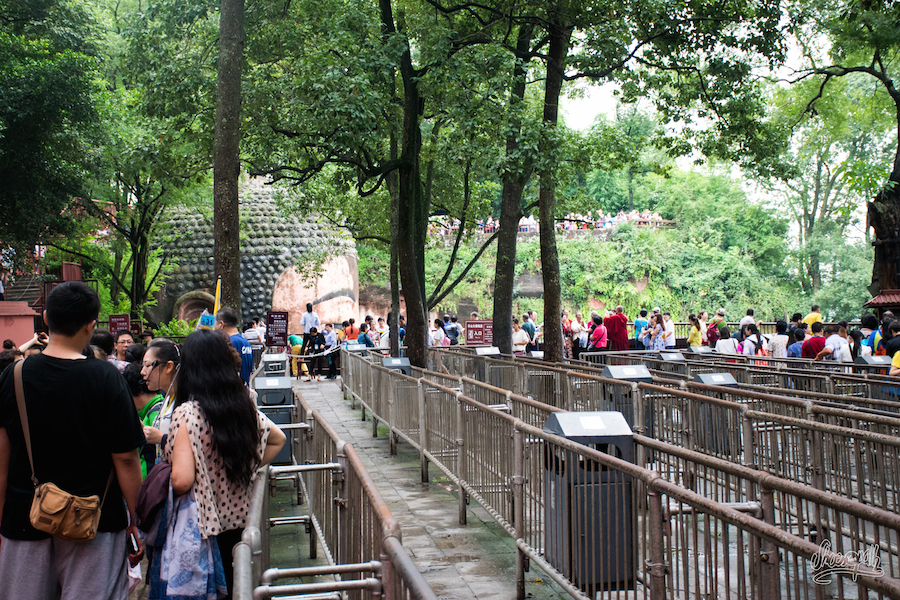
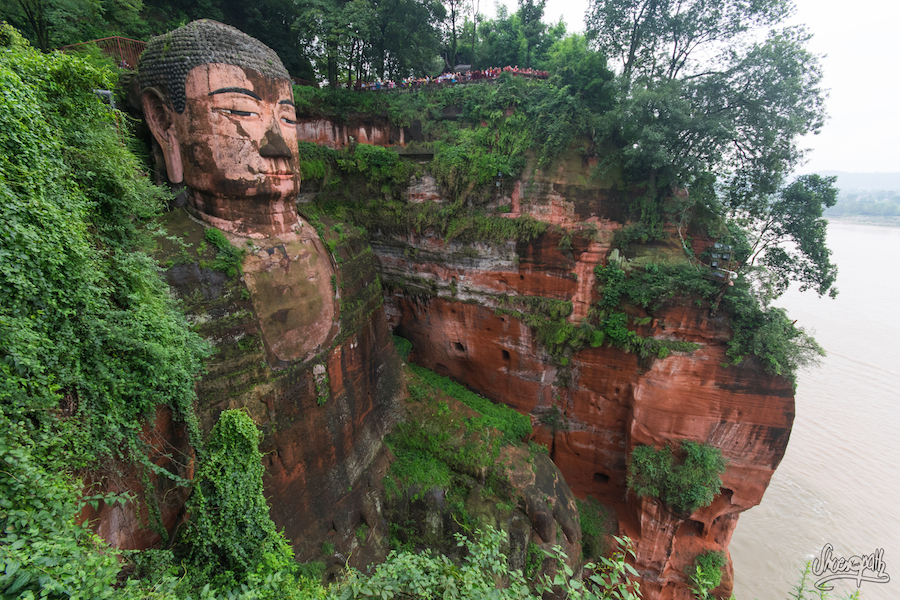
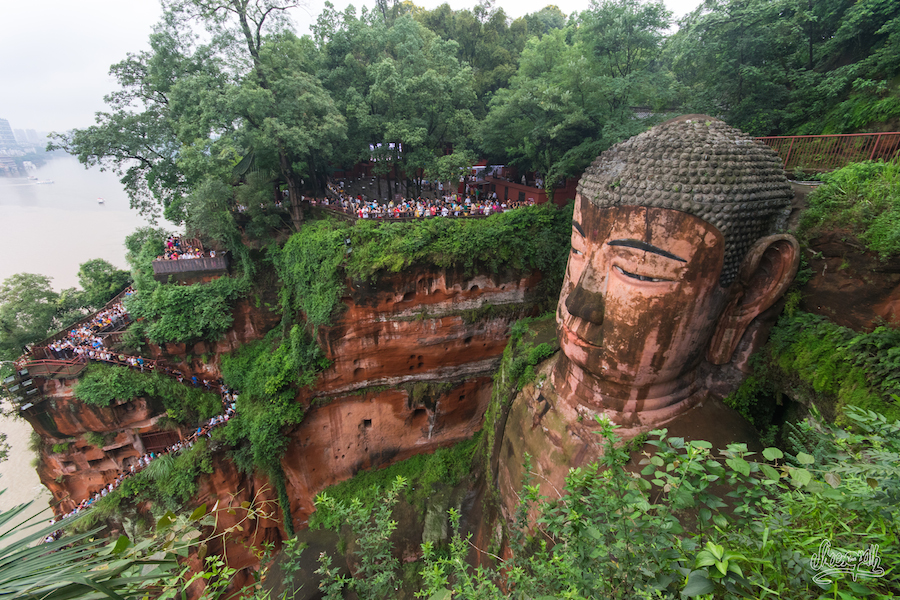
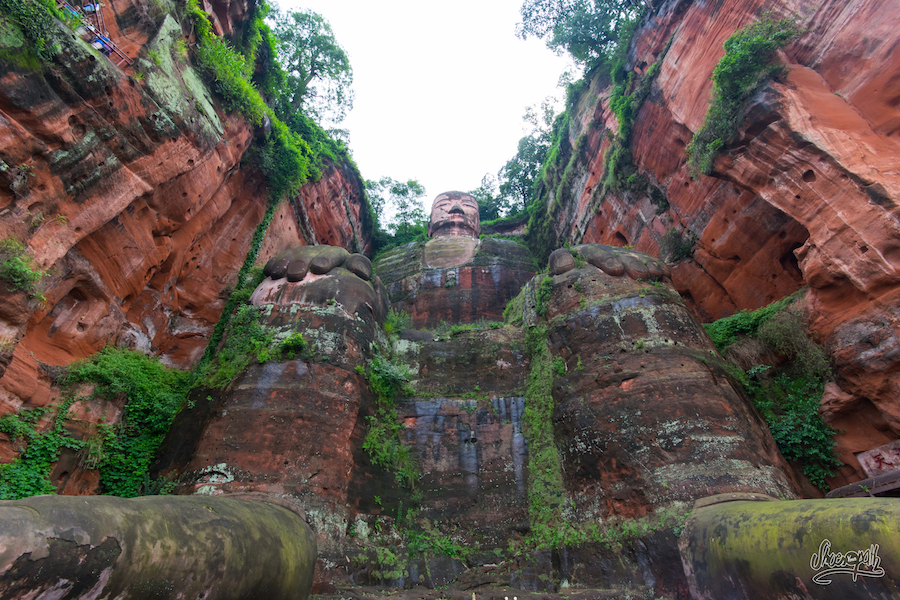
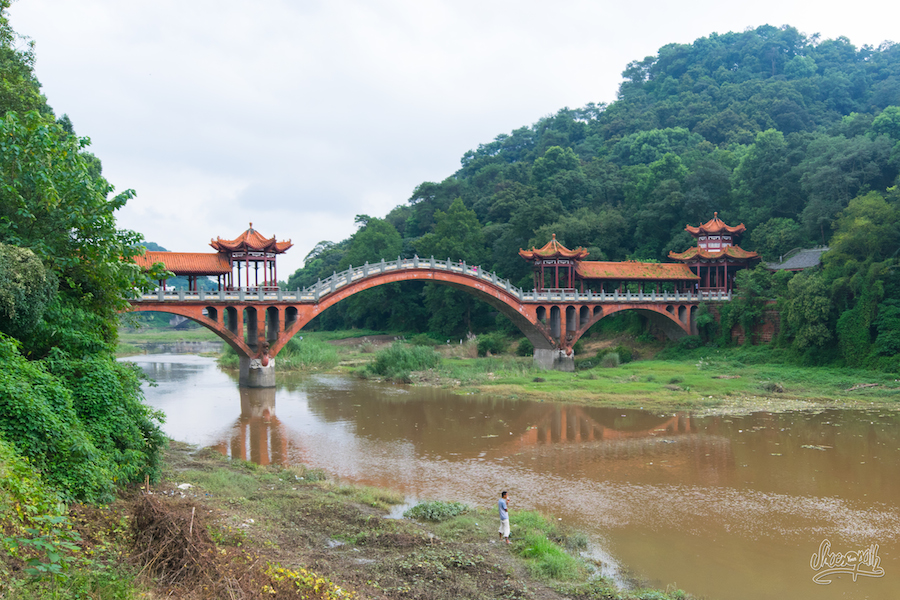
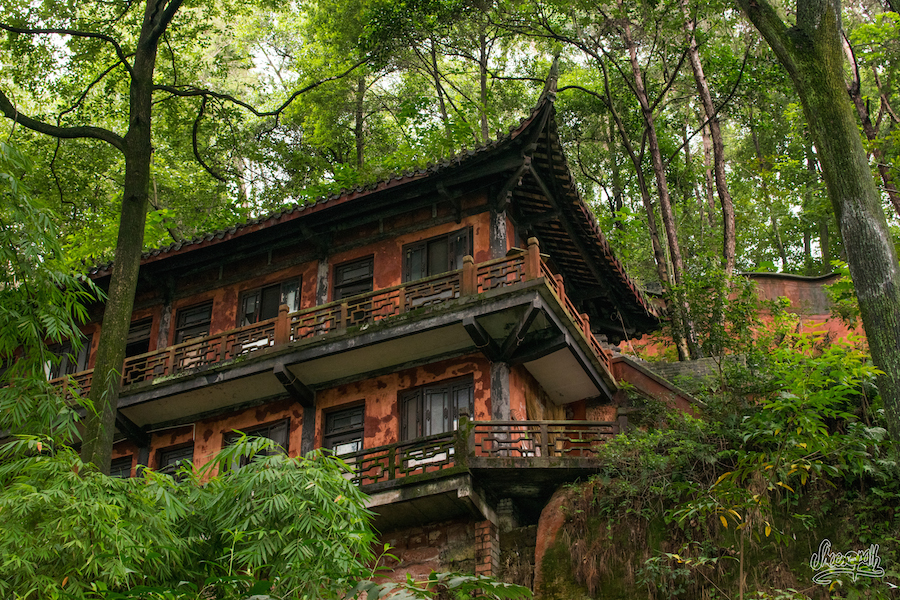
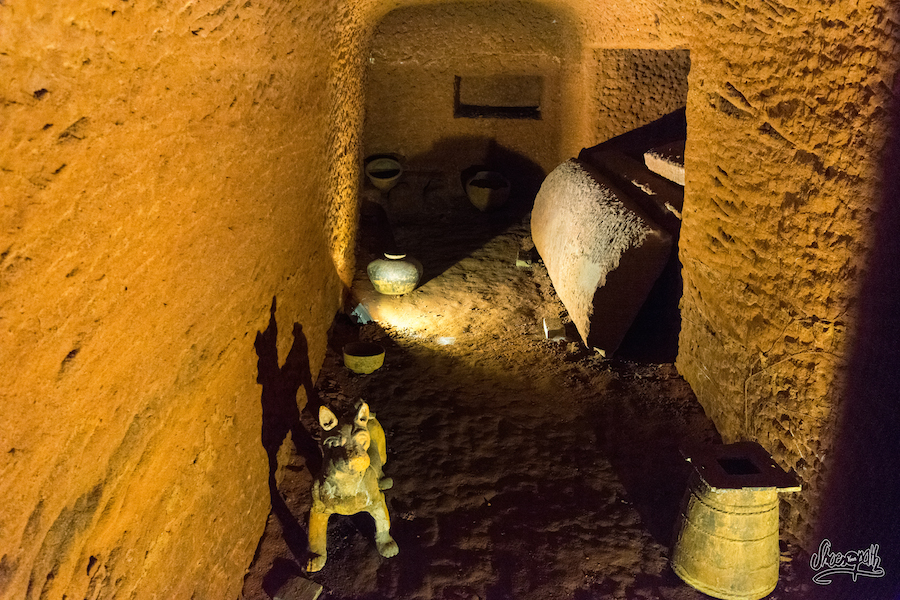
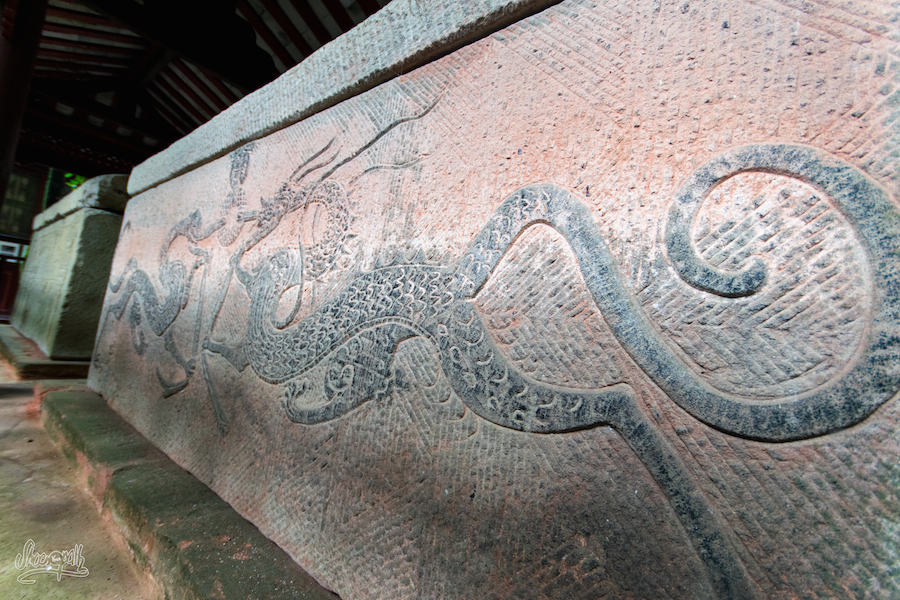
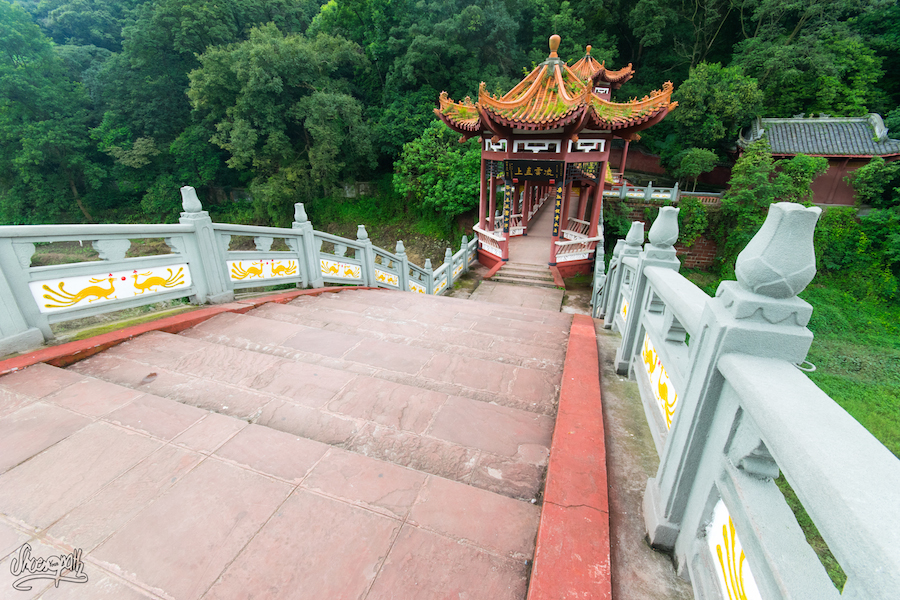
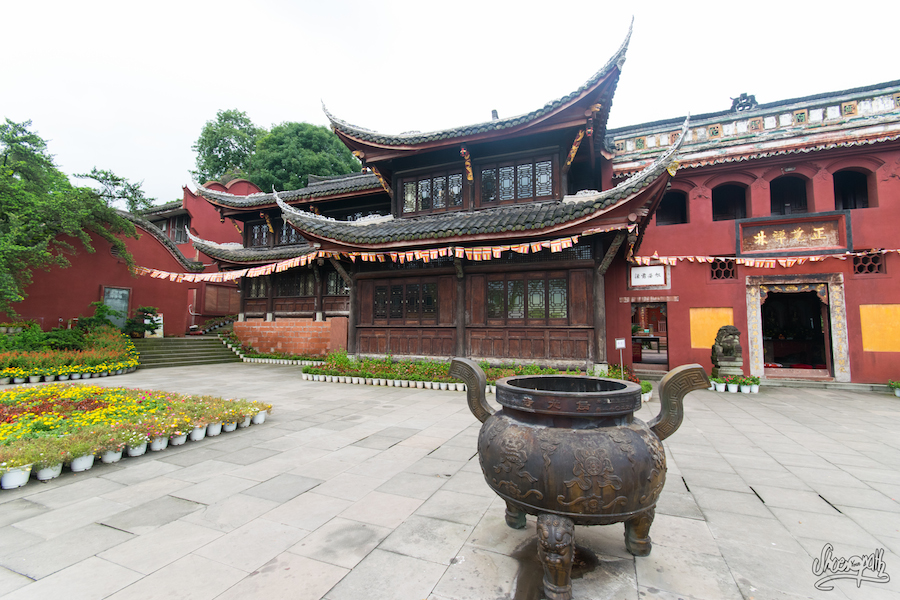
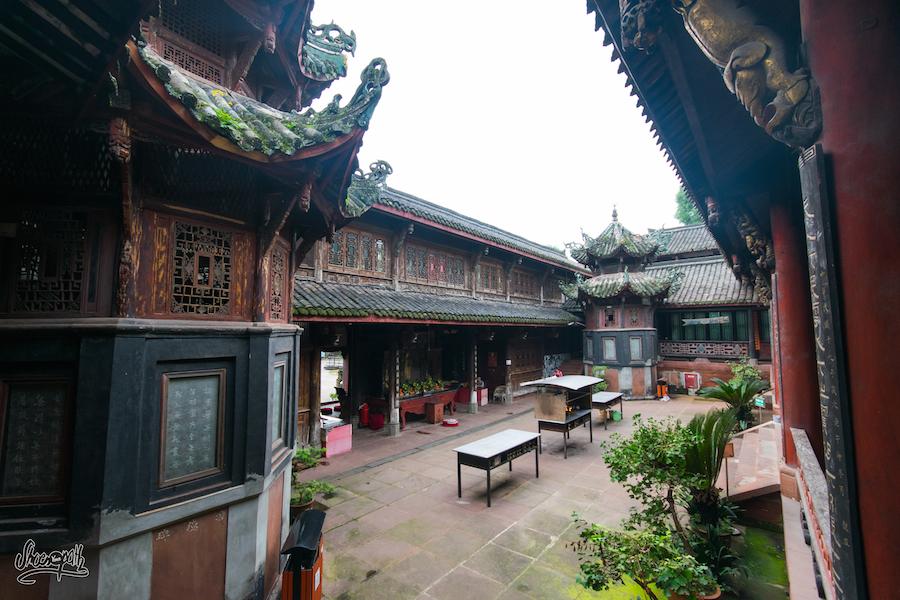
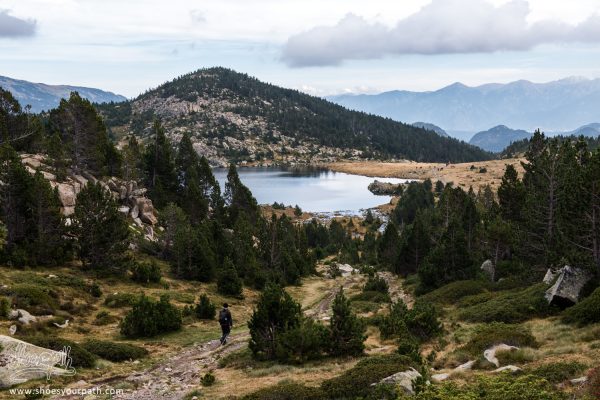
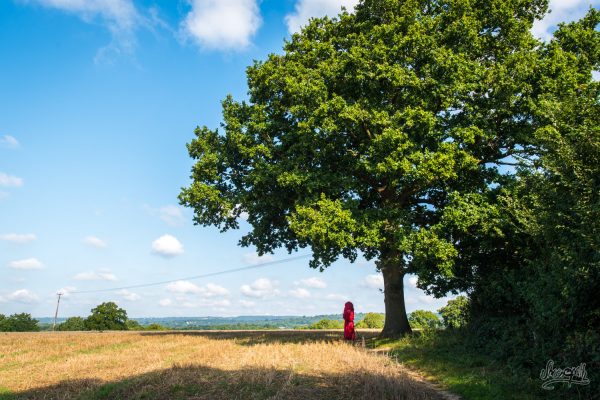
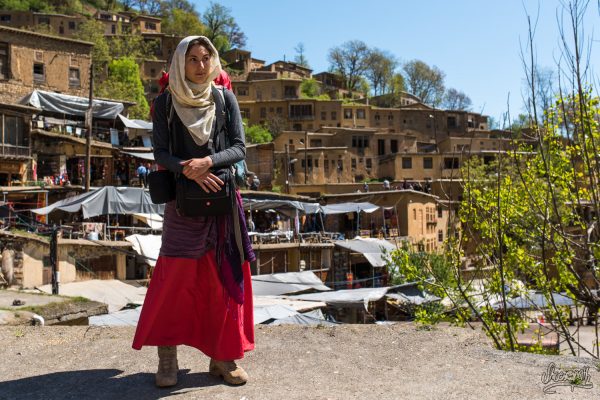
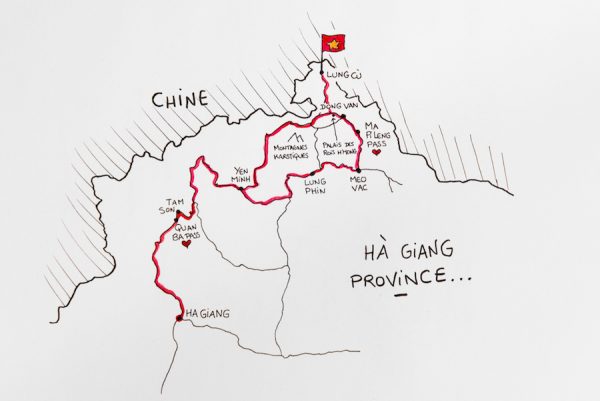
Comments (0)